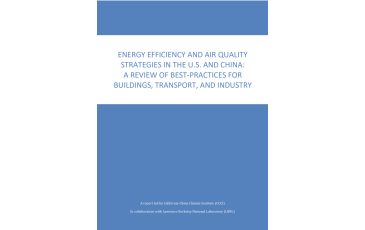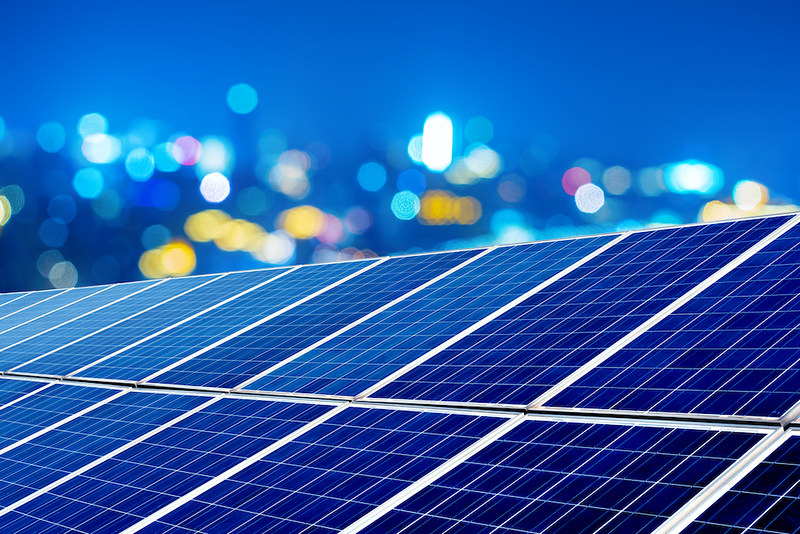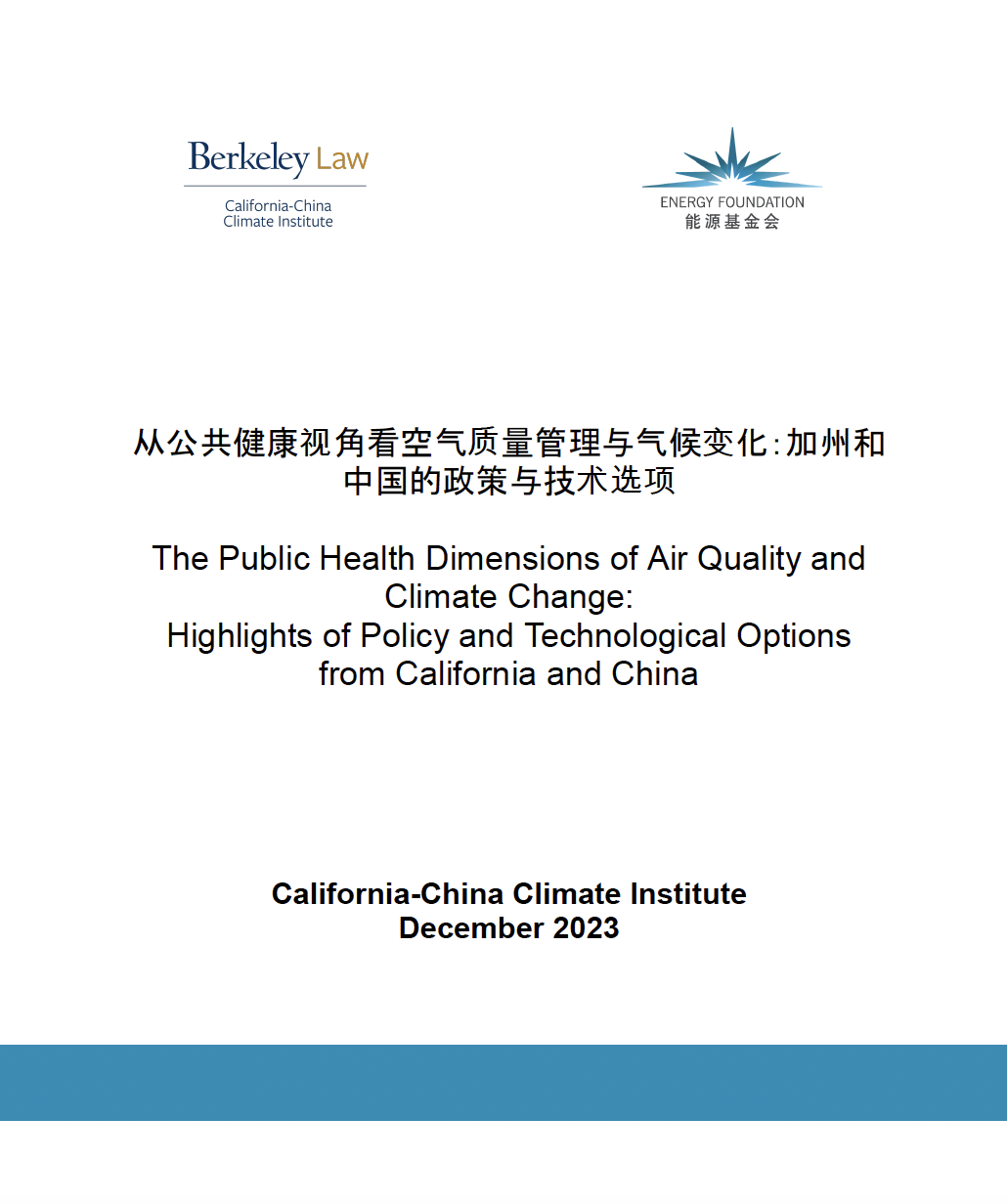DESCRIPTION
China and California have suffered from air pollution, leading to significant public health and equity challenges. In both jurisdictions, addressing these issues is a top priority. Air pollution is closely tied to decarbonization as our sources of energy and sectors such as transportation, contribute to both pollution and an increasing emissions of carbon dioxide, black carbon, and other short-lived climate pollutants. This provides an opportunity to use energy efficiency measures to address air quality and greenhouse gas emissions. Our current research draws on best-practices and lessons learned from California and the United States to advance an integrated air quality, climate and energy efficiency approach for China.
PUBLICATIONS
|
|
The Public Health Dimensions of Air Quality and Climate Change: Highlights of Policy and Technological Options from California and China (December 2023)This report analyzes policies and programs, implementation mechanisms, and lessons learned from California and China in achieving public health co-benefits through air quality and climate policies. Lessons and experiences from both jurisdictions - including case studies of Los Angeles, Beijing, and Shenzhen - provide insights for other regions on best practices that could be adopted, as well as existing gaps and challenges.
|
 |
|
|
|
Energy Efficiency and Air Quality Strategies in the U.S. and China: A review of best-practices for Buildings, Transport, and IndustryThis paper explores best-practices in energy efficiency and air quality co-benefits for the U.S. and China, through an examination of the context in California, and a deeper dive on the buildings, transport, and cement sectors. Read the Mandarin translation of the report. |
RECENT ACTIVITIES
CORE RESEARCH TEAM
Jenn Perron, Rixin Zhu, Jessica Gordon, Fan Dai
In collaboration with Lawrence Berkeley National Laboratory colleagues Nina Khanna, Dr. Nan Zhou, Hongyou Lu, Lynn Price and UCLA colleague Prof. Zhu.



